LG B5 is a really good OLED TV that shows you don’t need to spend a fortune for very good quality. It offers deep blacks typical of organic panels, very good colour reproduction – especially after calibration – and pleasant HDR movie watching experiences. All of this makes for evening screenings that can deliver cinematic emotions even without reaching for much more expensive screens. The fluidity of the image and the set of features for gamers also deserve recognition. The 120 Hz panel, low input lag, full support for HDMI 2.1, variable refresh rate, and Dolby Vision Gaming mode make the B5 a very versatile screen – great for both gaming and watching sport. The friendly webOS system, along with the Magic remote, provides convenient access to content and makes operation easier. However, not everything is perfect. Compared to the B4 model, there is a slight drop in brightness, especially in very bright rooms. For some users, the lack of DTS audio support may also pose a problem, which could necessitate some workarounds when connecting Blu-ray players. Still, LG B5 remains one of the most sensible choices for those looking to step into the world of true cinema – without overpaying, but also without making major compromises. It’s a screen that doesn’t need to prove anything – it simply delights the eye with great picture quality and works as it should.
- Matching (Score)
- Our verdict
- TV appearance
- Where to buy
- Contrast and black detail
- HDR effect quality
- Factory color reproduction
- Color reproduction after calibration
- Smoothness of tonal transitions
- Image scaling and smoothness of tonal transitions
- Blur and motion smoothness
- Console compatibility and gaming features
- Input lag
- Compatibility with PC
- Viewing angles
- TV efficiency during daytime
- Details about the matrix
- TV features
- Apps
- Playing files from USB
- Sound
LG OLED B5 vs Philips OLED820
Direct compare
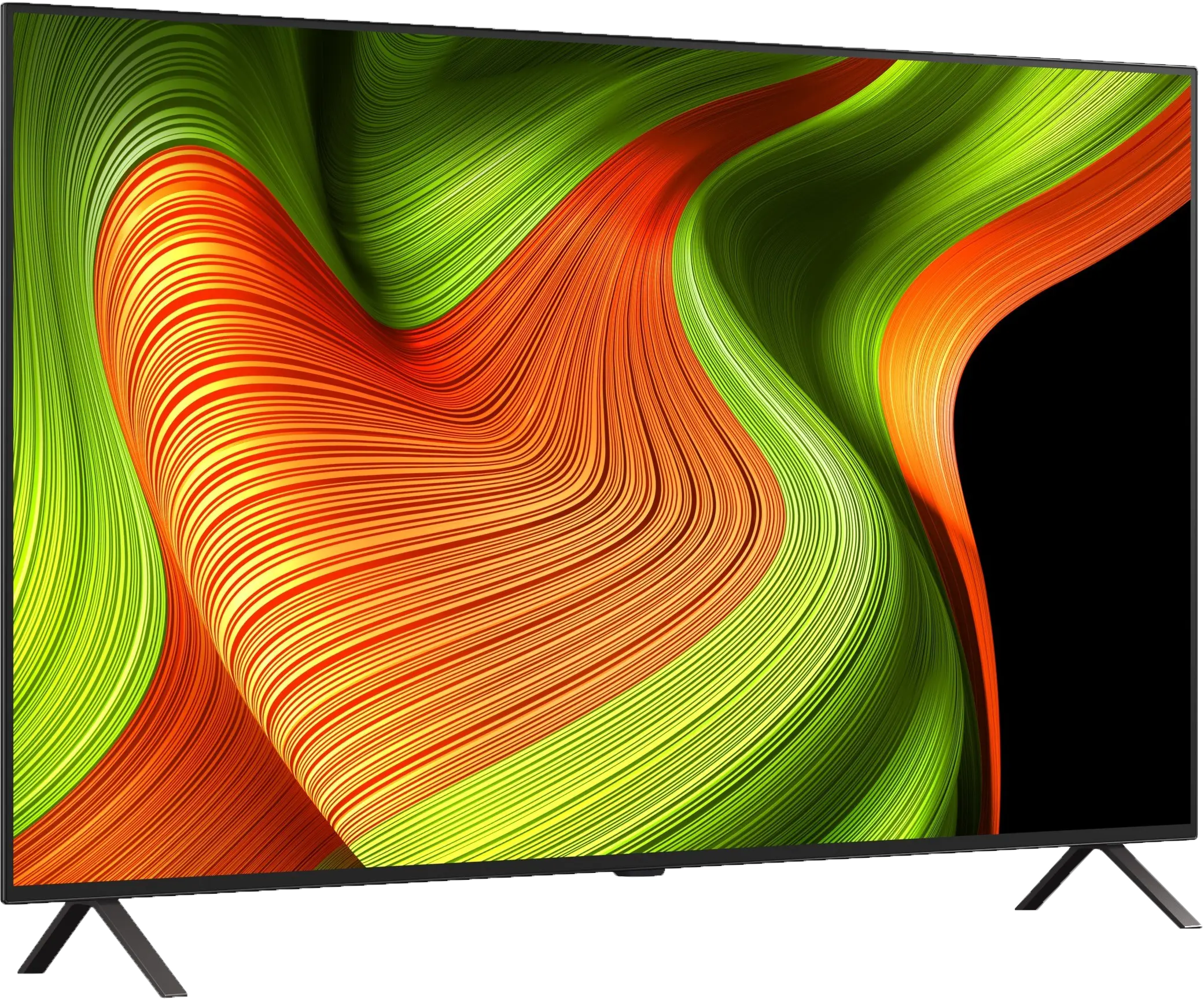

Panel type: WRGB OLED
Resolution: 3840x2160
System: WebOS
Model year: 2025
Complete the survey to find out the result

Panel type: WRGB OLED
Resolution: 3810x2160
System: Google TV
Model year: 2025
Complete the survey to find out the result

Overall rating
7.8
8.0
Movies and series in UHD quality
7.9
8.3
Classic TV, YouTube
8.6
8.6
Sports broadcasts (TV and apps)
8.5
8.5
Gaming on console
9.2
9.4
TV as a computer monitor
7.6
6.5
Watching in bright light
4.9
5.7
Utility functions
7.9
6.8
Apps
9.1
9.6
Sound quality
7.0
7.7
Complete the survey to find out what fits your preferences
Advantages
Perfect black and contrast
Pleasant HDR image
Excellent colour reproduction capabilities
120Hz OLED panel - great motion smoothness
4 HDMI 2.1 ports and full support for gamers (VRR, ALLM, Dolby Vision Gaming, HGiG)
Very low input lag
Proper content scaling and good digital processing
Convenient webOS system with Magic remote
Built-in USB recording function from the built-in DVB-T/T2 tuners
Perfect contrast and black level thanks to the WOLED panel
High HDR brightness (up to 1300 nits) and wide coverage of the DCI-P3 colour space (99%)
Support for multiple HDR formats including Dolby Vision and HDR10+
Excellent motion smoothness, no blur, refresh rate up to 144 Hz
Full support for gamers: HDMI 2.1 (2 ports), VRR, ALLM, HGiG, Dolby Vision in games, low input lag
Ambilight, which significantly enhances the viewing experience and sets the TV apart from the competition
Google TV system with a massive app base and an excellent voice assistant
Extras including: Backlit remote and swivel stand
Support for audio formats Dolby Atmos and DTS:X
Disadvantages
Average brightness and poor performance in bright rooms
No support for DTS formats
Different versions of the remote in derivative models – hard to predict which version we will get
Only two HDMI 2.1 ports (with 2 consoles and a soundbar, we are forced to "juggle" the cables)
Lack of many classic "TV" features such as USB recording or PiP mode, infrared remote may be annoying
Slight issues with colour matching (much better than last year but still far from the competition)
Issues with font readability when working with PC (lack of full Chroma 4:4:4 support)
Our verdict
The Philips OLED820 is a very successful and significant step forward compared to last year's model, the OLED 819. For many people, the main reason for purchasing will, of course, be Ambilight: a multicoloured backlighting system that distinguishes Philips televisions from the competition. It's no surprise, as it made a huge impression on us as well. It’s not just an impressive gadget, but a real addition that can change the perception of the content being watched and add depth to it. However, Ambilight should not overshadow what the OLED820 offers as a screen. We have almost infinite contrast, high brightness in HDR films, and excellent colour reproduction, which becomes even better after a slight adjustment or professional calibration. This set guarantees one of the best images available on the market today, and we are also aware that the television offers something unique and unprecedented anywhere else. It is also equipment that will perform well in gaming. The 144 Hz panel and HDMI 2.1 ports provide access to the full capabilities of next-generation consoles, and the low input lag makes gameplay exceptionally responsive. The operating system – Google TV – also deserves praise. It’s a much better solution than the proprietary Titan OS found in lower Philips models, such as the OLED770. This is a significant argument for paying extra for this model. A larger library of applications, a more efficient voice assistant, and fewer system errors translate to a clearly better everyday experience. Of course, the Philips OLED 820 is not free from minor shortcomings – there are some software gaps, and some features could be better refined. Nevertheless, the overall presentation is very solid. Perhaps the OLED820 is not a revolutionary television, but it is a very successful and well-balanced offering in Philips' lineup. It combines excellent picture quality, a full set of features for gamers, and a unique addition in the form of Ambilight. If you are looking for a solid mid-range OLED that gives not only a good picture but also something distinctive and exceptional, the OLED820 should be high on your shopping list.
TV appearance
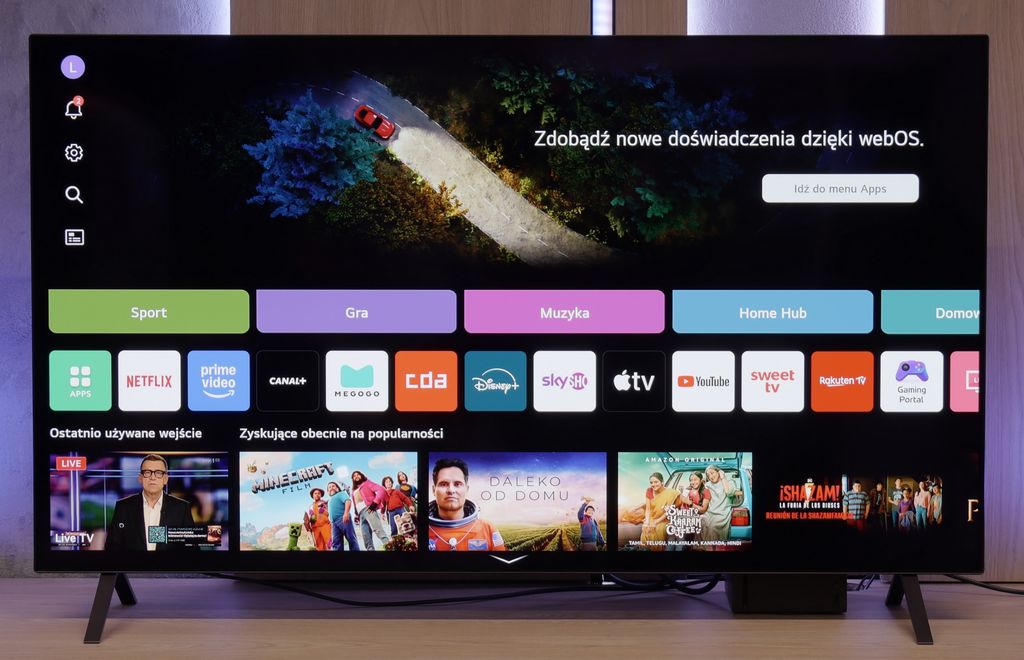
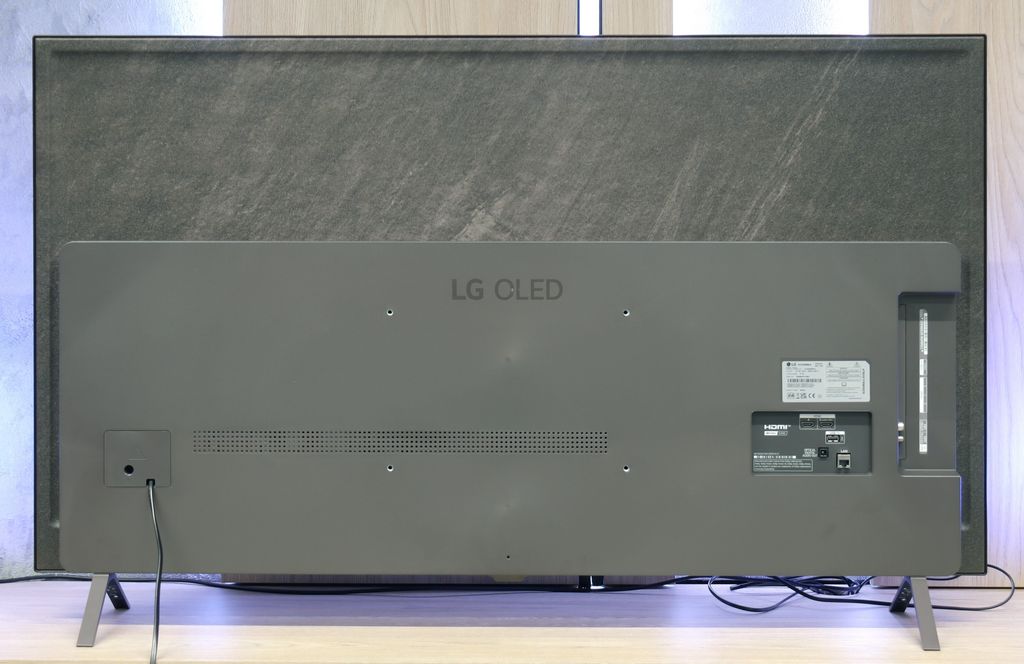
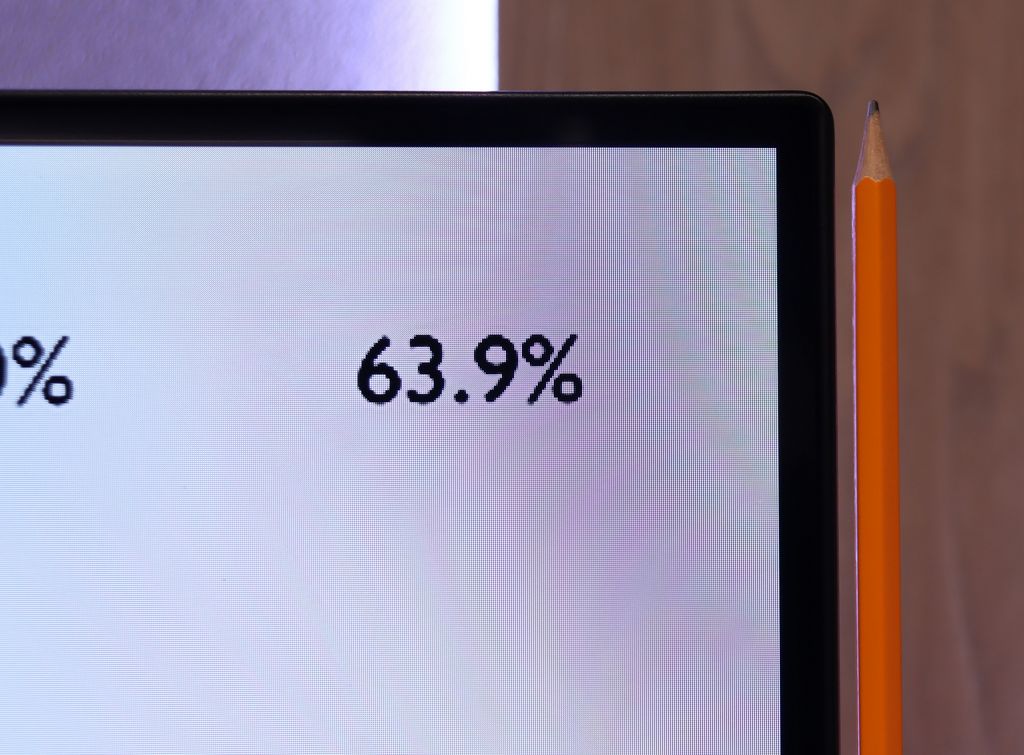




Contrast and black detail
10/10
10/10
Contrast:

Result
∞:1

Result
∞:1

Result
∞:1

Result
∞:1

Result
∞:1

Result
∞:1

Result
∞:1

Result
∞:1

Result
∞:1

Result
∞:1
Halo effect and black detail visibility:
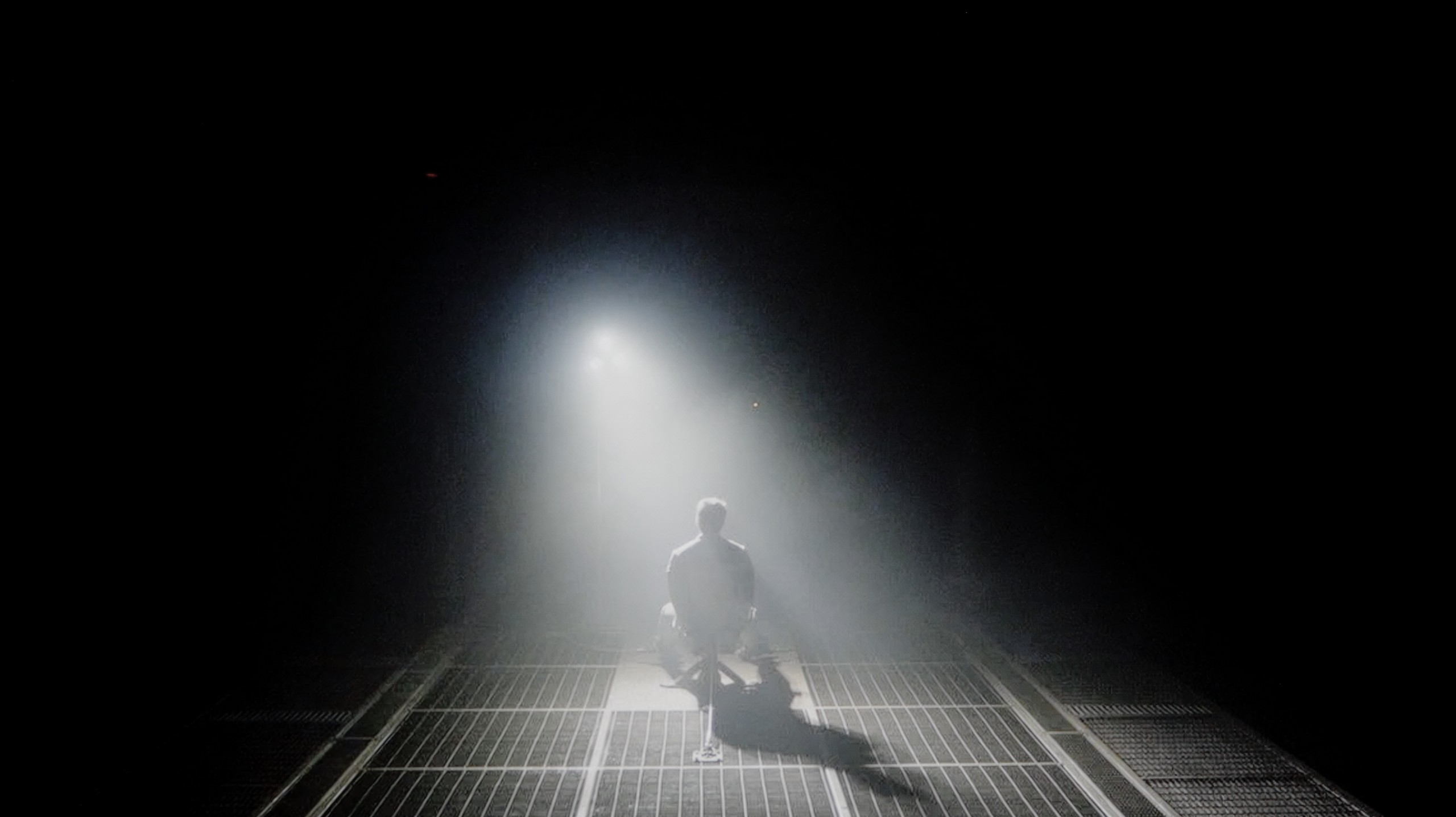

If you're looking for changes compared to last year's LG B4, we’ll clear up any doubts straight away – you won’t find any in this category at all. And that’s a good thing. Because how do you improve something that is already close to perfection? The LG B5, as a WOLED organic panel television, offers black scenes as dark as tar and contrast that’s hard to find even in the most expensive LCD screens. The screen is as clear as a bell – no bleeding, no streaks, no halo effects that can ruin the atmosphere in cinematic scenes. Here, everything is in its place. Details separate from black with surgical precision, nothing blurs together, even in the most demanding sequences from films like The Revenant or Oblivion. This is the type of television that can truly enchant you, especially when the room goes completely dark. When the lights go out, the LG B5 takes centre stage – and it does so wonderfully. In these conditions, OLED shines the brightest, and even top-end LCD models – despite advanced dimming and hundreds of zones – simply fall behind.
Contrast and black are the domain of OLEDs, and the Philips OLED820 is no exception. The WOLED panel from LG Display works exactly like the models LG C5 or Samsung S90F and delivers precisely what we expect – perfect black and infinite contrast. Whether we're watching challenging scenes full of fine details or simpler shots drenched in uniform black, the television always performs superbly. It separates light from dark with surgical precision, creating an extraordinary sense of depth in the image. And while there can be discussions about different technologies, in this category OLED simply rules, and the Philips OLED820 only confirms this rule.
HDR effect quality
6.2/10
7.5/10
Luminance measurements in HDR:

Result
587 nit

Result
593 nit

Result
628 nit

Result
589 nit

Result
470 nit

Result
1035 nit

Result
1235 nit

Result
1356 nit

Result
1315 nit

Result
521 nit
Scene from the movie “Pan” (about 2800 nits)


Scene from the movie “Billy Lynn” (about 1100 nits)


Static HDR10


Dynamic: Dolby Vision
Dynamic: Dolby Vision


HDR luminance chart:
Philips OLED820
HDR luminance
Luminance of RGB colors
LG OLED B5
HDR luminance
Luminance of RGB colors
LG B5 is a moderately bright OLED TV. Regardless of the scene – it can generate about 500 nits of peak brightness. And interestingly, it does this even in full-screen shots flooded with white, where most OLEDs usually struggle. So, is this screen suitable for HDR films? Yes – absolutely, because such brightness really allows you to feel the magic of HDR effects. However, it’s worth noting that compared to last year's B4 model, the new B5 is darker – by about 100 nits. It may seem like a small amount, but at such average peak values, it makes a significant difference. Fortunately, the TV makes up for it with another strength – excellent coverage of the DCI-P3 and BT.2020 colour gamuts. This means HDR films look truly vibrant, lively, and impressive even in more demanding scenes.
When it comes to HDR quality, the Philips OLED820 uses the same class of WOLED panel found in its biggest rivals – the LG C5 and the Samsung S90F. This means we can expect really solid results. This year, mid-range OLED panels can exceed the threshold of a thousand nits, and the tested model reaches around 1300 nits in some films. This is an outstanding result, allowing the director's vision to be conveyed with incredible precision, as this is the brightness range in which modern productions are mastered. Of course, there are situations where even the OLED820 has to compromise. Full-screen scenes flooded with white, like those in the film The Meg, can drop brightness to 400–500 nits, which clearly diminishes the effect. This is a characteristic of OLED technology that has not yet been fully eliminated. Despite this limitation, it's hard not to appreciate the HDR in this model – high luminance and a wide coverage of the DCI-P3 colour palette at 99% make the image look simply fantastic.
Factory color reproduction
8.2/10
6.7/10


Factory Mode
After calibration


Factory Mode
After calibration
B5 was tested in Filmmaker mode and… we’d love to see more TVs like this right out of the box. Seriously. The white balance is very well set – there’s practically nothing to nitpick. Well, if you really want to, you might notice a slight deficiency in blue, which can make the overall picture have a slightly yellowish tint. But that’s just our editorial nitpicking. Most of you probably won’t even notice. We also have minimal reservations about brightness management in HDR format. The EOTF curve – which is responsible for how the TV distributes brightness across the scene – sits just below ideal. In practice, it may happen that the darkest parts of the image appear too dark and simply… disappear. But these are details that only come out in measurements. Generally: we are impressed. But we also know that LG TVs respond very well to professional calibration. You can extract nearly reference-quality picture from them, so – although it’s already very good out of the factory – we took the liberty to go a step further and fine-tune everything to the max.
The colour reproduction in the factory settings really surprised us, and in a positive way. The Philips OLED820, switched to Filmmaker mode, immediately showed that it was quite well tuned in terms of colour. The white balance was relatively accurate, although there was a slight deficiency in the blue hue, which sometimes gave the image a slightly yellowish tint. However, this is not a drawback that particularly interferes with everyday viewing. A bigger problem arose with the brightness characteristics. The gamma chart clearly deviated from the ideal, as the line was below the expected values, causing the image to be excessively brightened, and the colours looked as if they were covered with a light milky filter. This effect was also noticeable in tests using the Colour Checker pattern, where more pronounced errors appeared.
Color reproduction after calibration
9.1/10
9.3/10
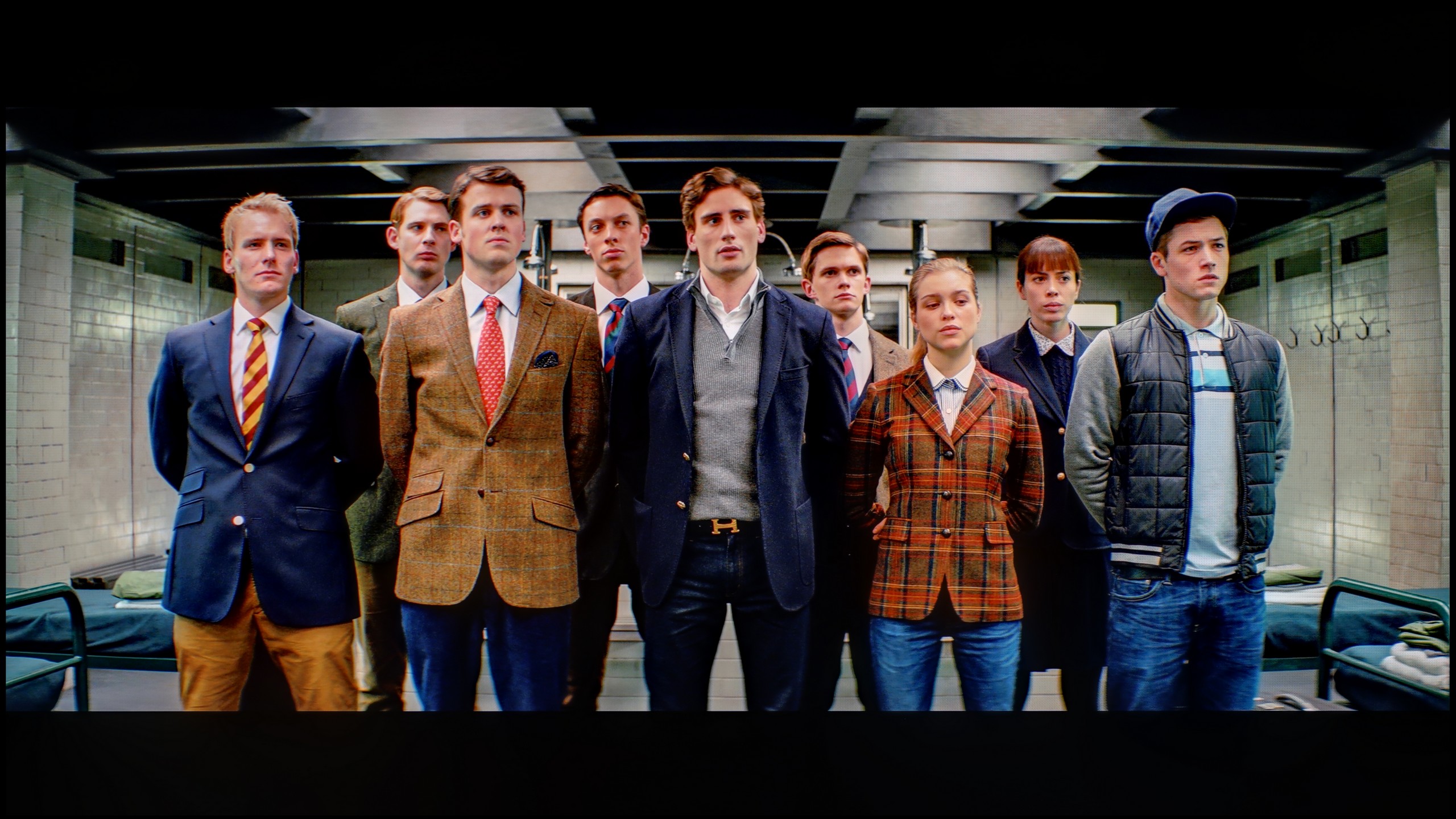

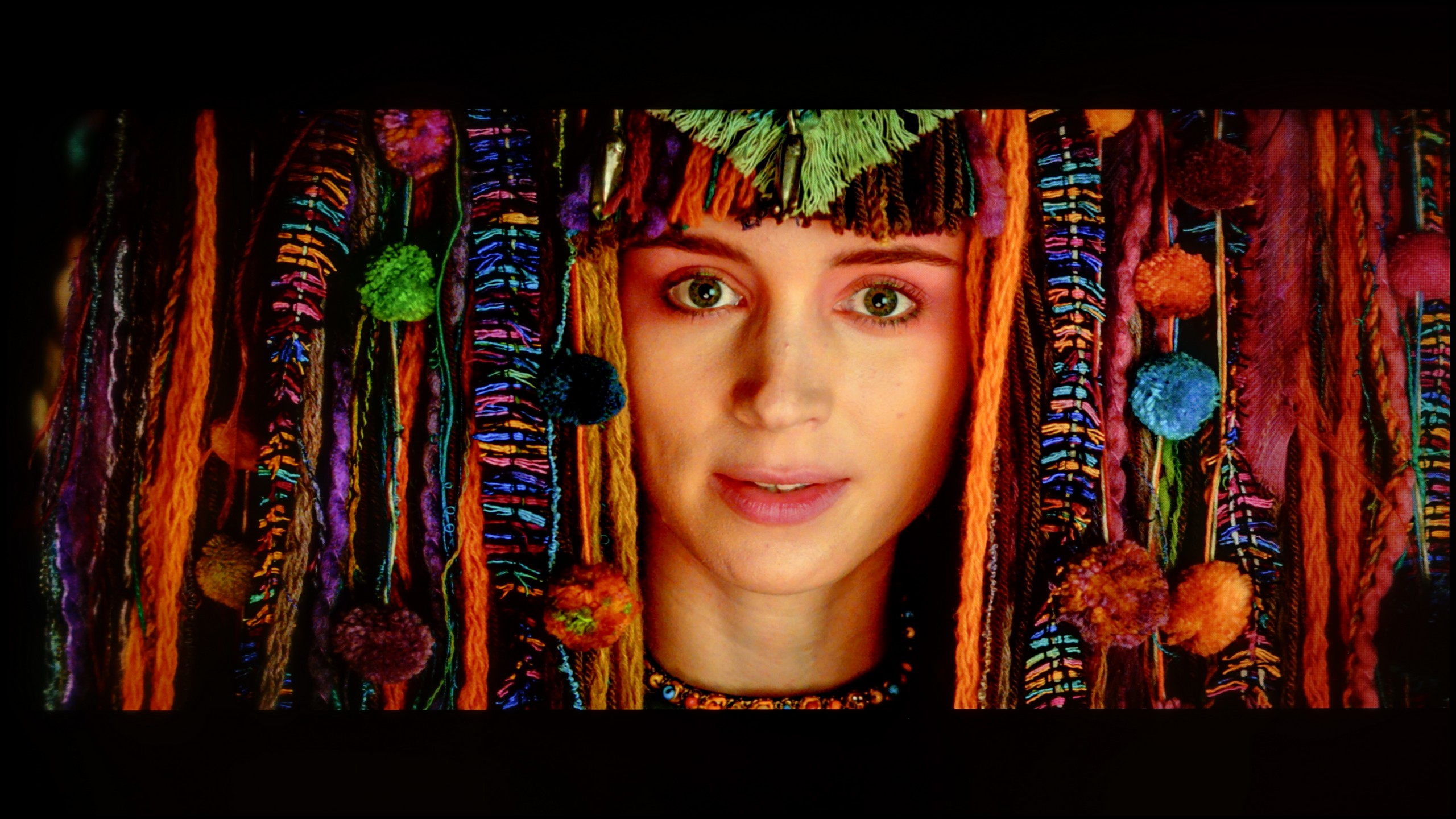

We have to admit that we didn't have much work with the LG B5. It's one of those TVs that look good right from the start, but after calibration… they can really impress. The white balance was nearly perfect – down to a level of errors invisible to the human eye, unless you're a professional colourist with a magnifying glass at the screen. We also managed to control the TV's tendency to slightly dim the darkest details, especially in HDR scenes. After proper tuning, everything looks cohesive: blacks remain deep but don't swallow information. Highlights maintain a natural sparkle, and colours are true to the director's vision. This is truly one of those models that show you don't have to spend a fortune to have an almost reference-quality image. If you can opt for professional calibration – it's definitely worth it for the B5.
After calibration, both the Filmmaker mode and the gaming mode improved quite a bit. A slight adjustment of the white balance and enhancement of the brightness characteristics yielded excellent results with SDR content – the image looked nearly perfect, natural, and very close to the reference. For HDR material, the situation was similar; the colours looked fantastic, and it was hard to find fault with anything. However, we did notice a certain characteristic, which we had already pointed out when comparing scenes from the film Billy Lynn. The analysis of the EOTF curve showed that the TV has a slight tendency to dim details in the blacks, meaning that the darkest parts are not always displayed exactly as the director intended. Nevertheless, the effect after calibration is superb, and the OLED820 is emerging as one of the more interesting screens in its class. A little bit of fine-tuning is all that’s needed, and there’s really nothing to worry about.
Smoothness of tonal transitions
7.2/10
6.5/10






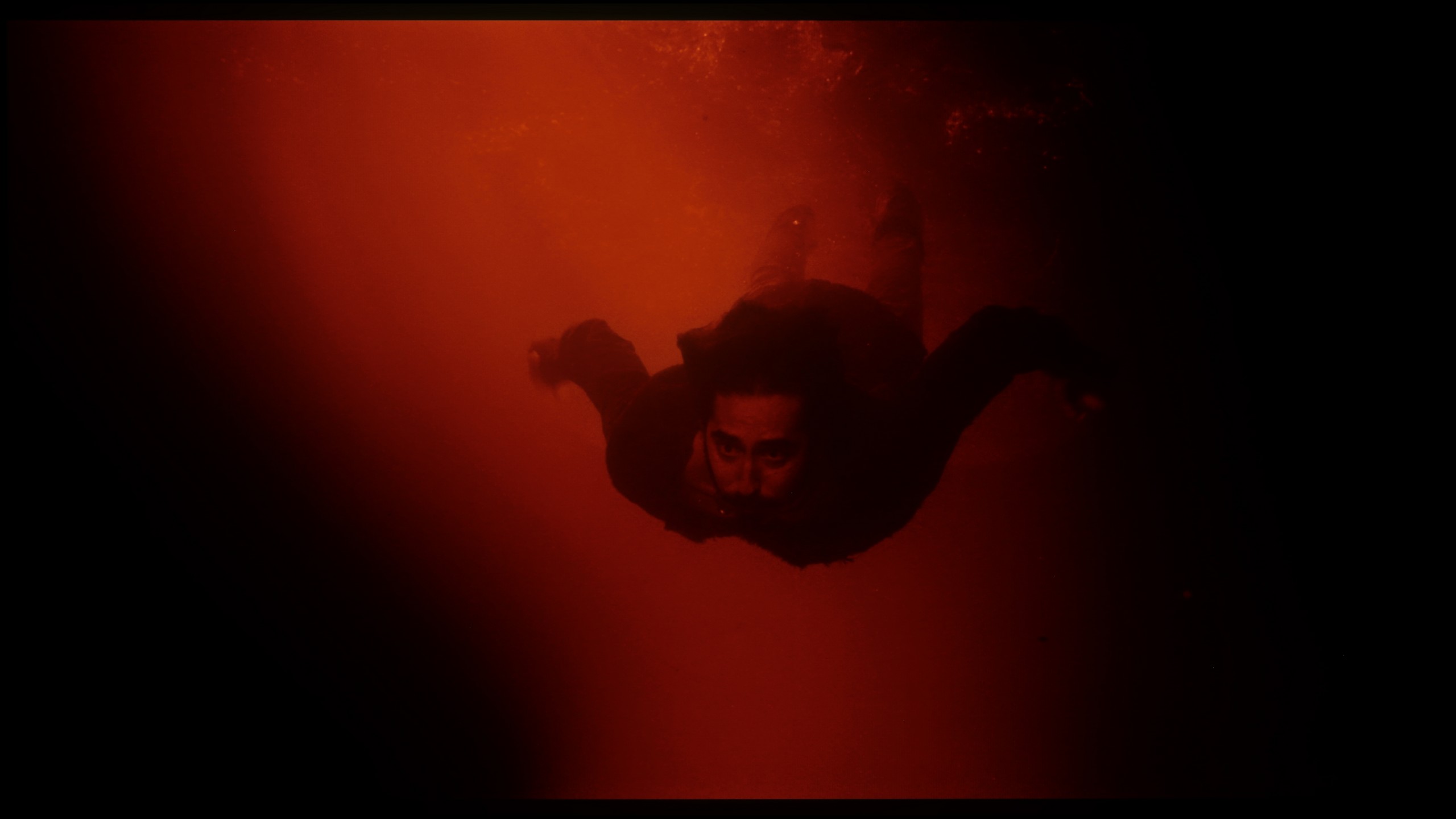





LG B5 handles colour gradation quite decently. In bright scenes, where we have smooth transitions between skin tones, the sky or background, the TV blends colours seamlessly and without hiccups. At first glance – it’s good, particularly considering the price. But just reach for more challenging material – those darker, more demanding scenes with a lot of subtle transitions – and the problems begin. Small artifacts appear, false contours, slight thickening. It’s still not at a level that blinds or distracts from the plot, but the difference compared to more expensive WOLED models – and even more so QD-OLED screens – becomes noticeable.
The fluidity of tonal transitions is unfortunately the Achilles' heel of the Philips OLED820. During testing, we noticed slight issues with colour blending – both in bright and darker scenes, there is a noticeable banding that detracts from the naturalness of the image. It must be said that compared to last year's model, the OLED 819, there is a significant improvement, but nonetheless, the competition performs better in this category.
Image scaling and smoothness of tonal transitions
7.5/10
7/10
Smooth transition function
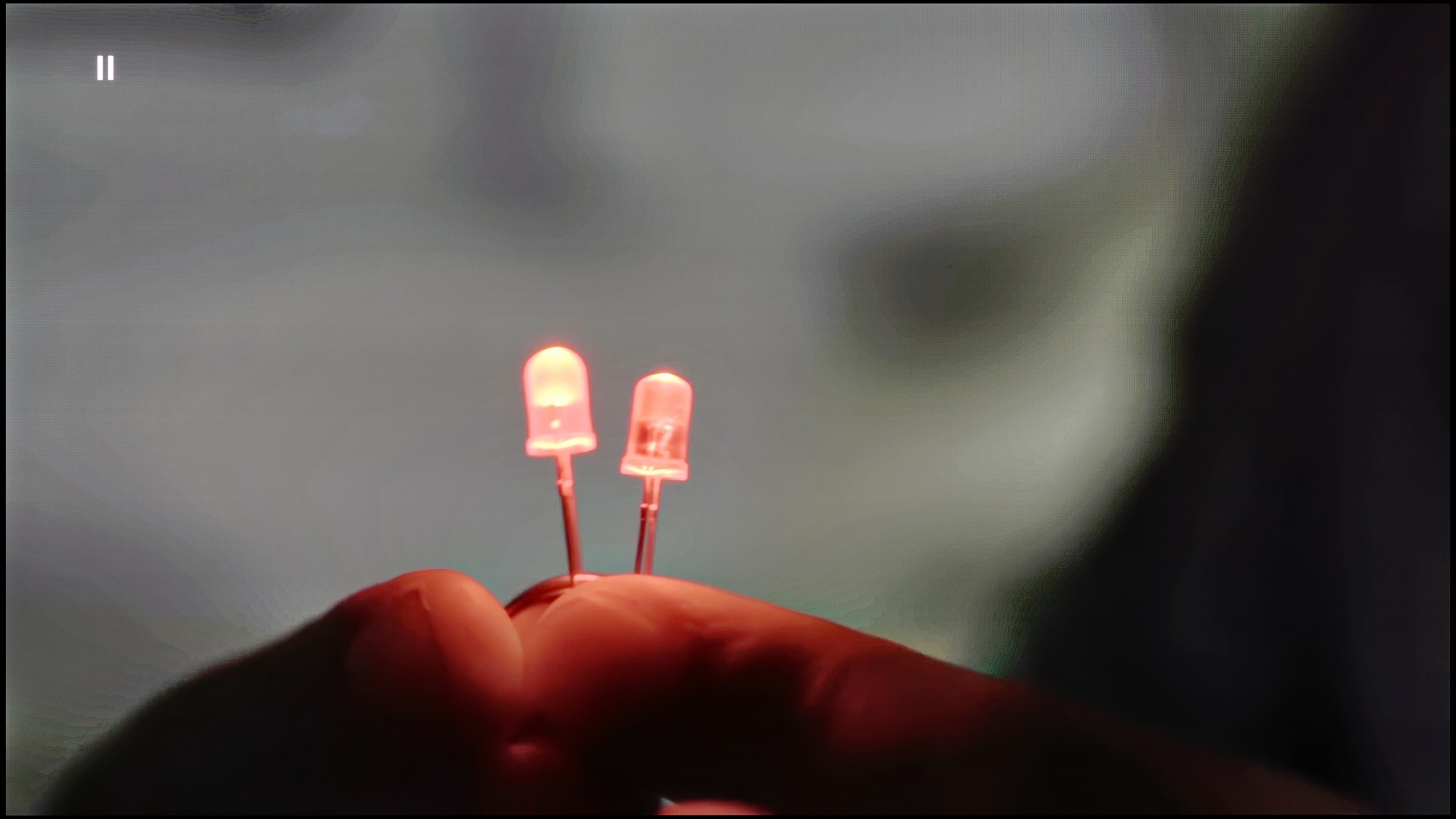

Image without overscan on the SD signal


LG B5 really surprised us positively in terms of handling lower quality content. Thanks to the enhancement and smoothing features, HD or even SD materials come to life. Importantly – when this option is turned on at the "low" or "medium" level, we don’t get the impression that the image is artificially softened or overly smoothed. Details remain in place, film grain doesn’t disappear, and the edges of objects don’t look washed out 😉. It’s a really useful tool – especially if you’re watching free-to-air TV, archival materials, or content from YouTube in lower resolutions. The picture is clear, consistent, and simply pleasant to the eye.
Upgrading as such works very well – even low-quality content is reproduced with surprising fidelity. Unfortunately, it’s not without a minor hiccup. Although the menu has an option to turn off overscan, the television still has issues correctly displaying very low-resolution images. It’s a minor detail, but when watching older materials – it can be annoying.
Fortunately, the earlier effects of the mentioned posterisation can be quite effectively mitigated. The "distortion reduction" feature set to medium handles unwanted colour banding well, improving the smoothness of tonal transitions. It does sometimes work a bit too aggressively and smooths out some details – such as the minor imperfections of the actors’ skin – but despite that, it can be considered worth using without major compromises. The upscaling in the OLED820 also performs well. The test image with the model is exceptionally soft, sometimes perhaps too much, although this can be remedied with a slight increase in sharpness in the picture menu – that's a matter of individual preference. The absence of overscan issues with very low-resolution content is also commendable, allowing us to not worry about the image being unnecessarily cropped.
Blur and motion smoothness
8.5/10
8.5/10
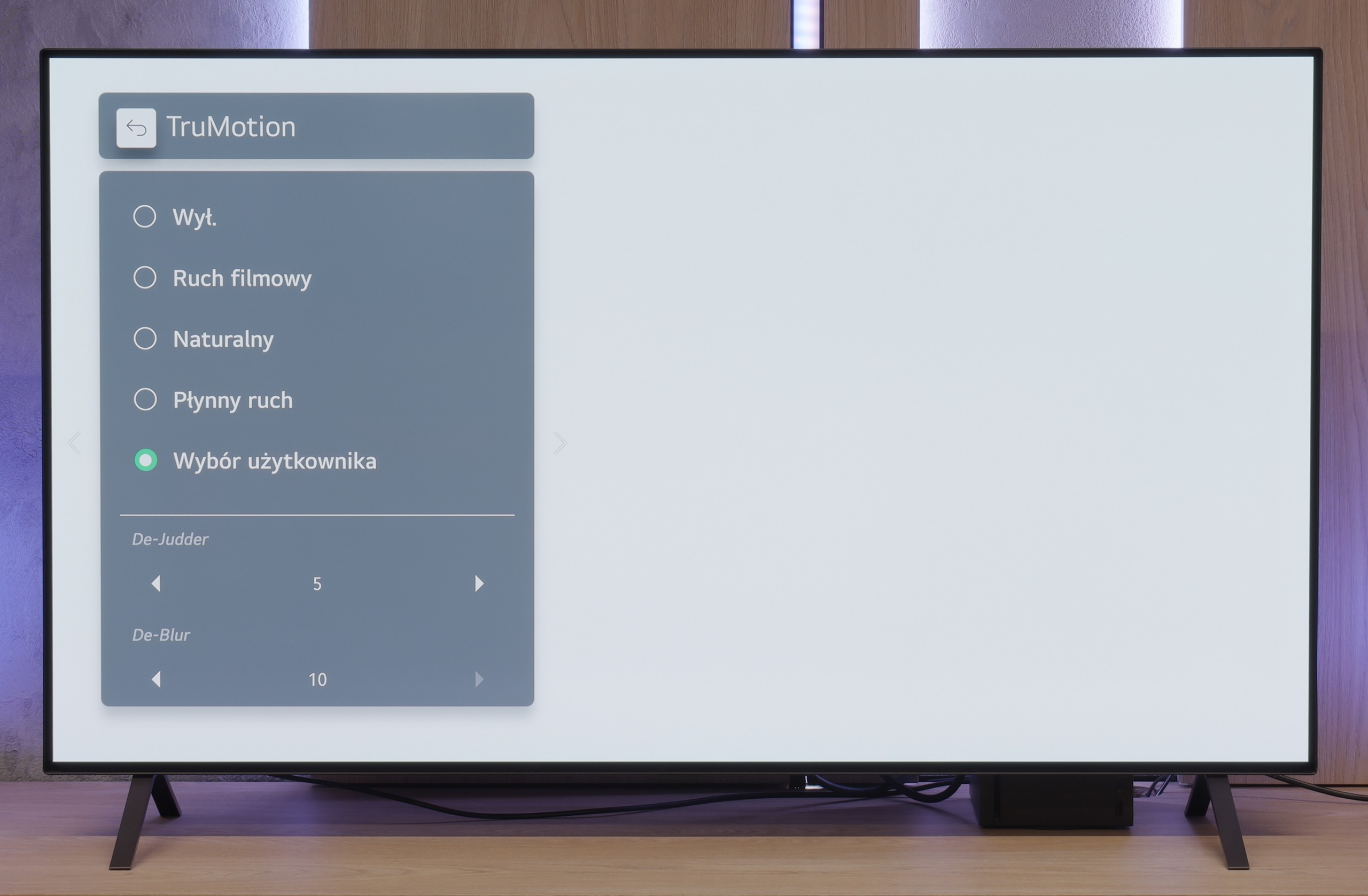

Blur (native resolution, maximum refresh rate):
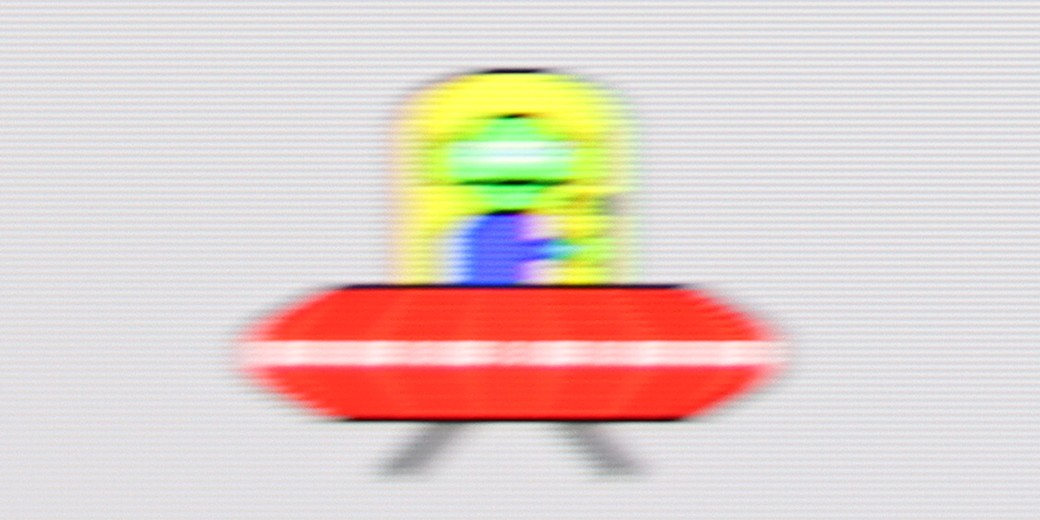
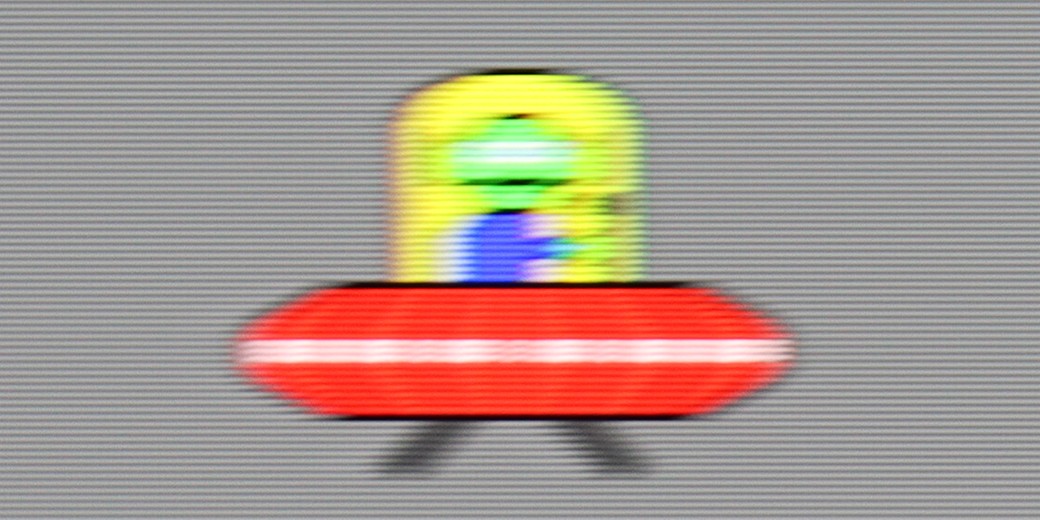
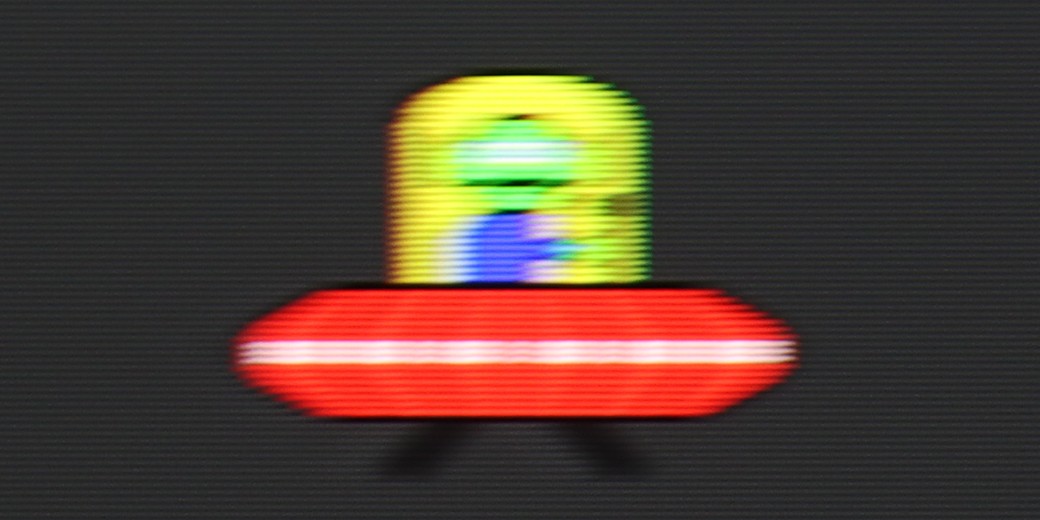



Smużenie ():
Smużenie (4K@144Hz):



LG B5 is a TV with a 120 Hz OLED panel. It may not sound as impressive as the marketing terms "144 Hz" or "165 Hz" commonly found in gaming monitors, but honestly? The smoothness is still excellent. The picture is sharp, fluid, and simply enjoyable to watch – even when there’s a lot happening on screen. The organic panel does its job – the pixel response time is almost instantaneous, which means there’s no risk of ghosting or blurring that can ruin dynamic shots. Sports, fast-paced games – everything looks clear and distinct.
We also have the classic LG motion smoother, TruMotion. It allows you to smooth out movies shot at 24 frames – in other words, most of what you watch on Netflix or from Blu-ray discs. If you set lower values on the “De-Judder” slider, you’ll get a picture closer to the cinematic experience – with a slight judder, but without artificiality. Higher settings? Soap opera effect guaranteed. Fortunately, LG gives you the choice, and you can tune everything to your liking.
Motion fluidity is an area where OLEDs always shine, and the Philips OLED820 confirms this rule. The panel itself offers a refresh rate of 144 Hz, which will mainly benefit PC gamers, but even with standard TV sources or consoles, where it operates at 120 Hz, motion is fast, sharp, and simultaneously smooth, without any signs of smearing. This is thanks to the remarkable response time between pixels, which ensures the image maintains clarity in every dynamic scene. The manufacturer has also added their own smoothness enhancer called "Motion Style." In the menu, we find two sliders – the first, responsible for smoothness, allows for the adjustment of the number of artificially added frames in films. This way, we can choose a raw, cinematic character with clearly visible film frames or a more theatrical image with smooth motion. The second slider is for motion blur reduction, particularly useful in sports broadcasts. Here, we definitely recommend setting it to the maximum value, as the effect is truly excellent.
Console compatibility and gaming features
10/10
9.8/10
- ALLM
- VRR
- VRR range40 - 120Hz48 - 144Hz
- Dolby Vision Game Mode
- Correct implementation of HGIG
- 1080p@120Hz
- 1440p@120Hz
- 4K@120Hz
- Game bar
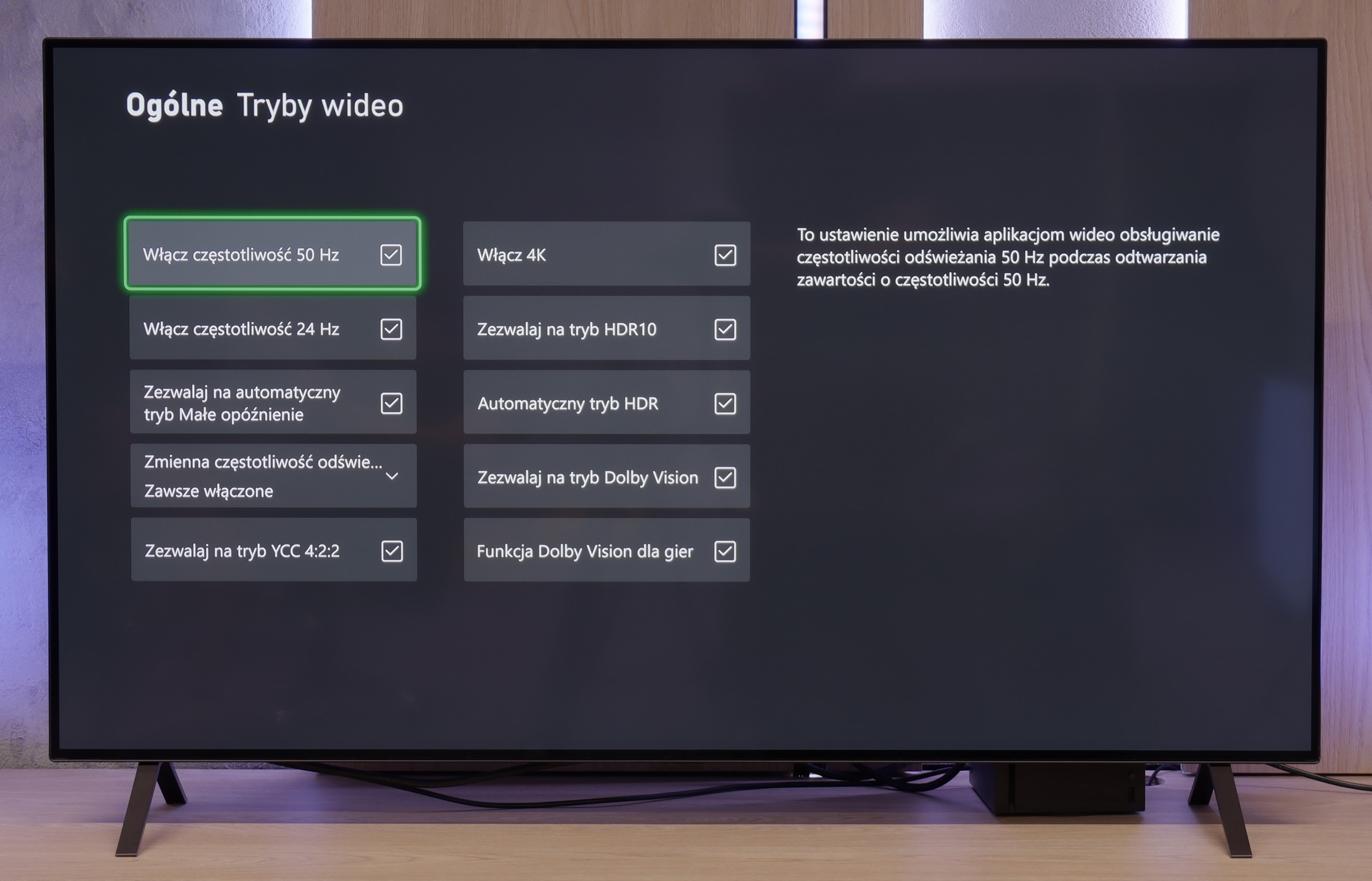

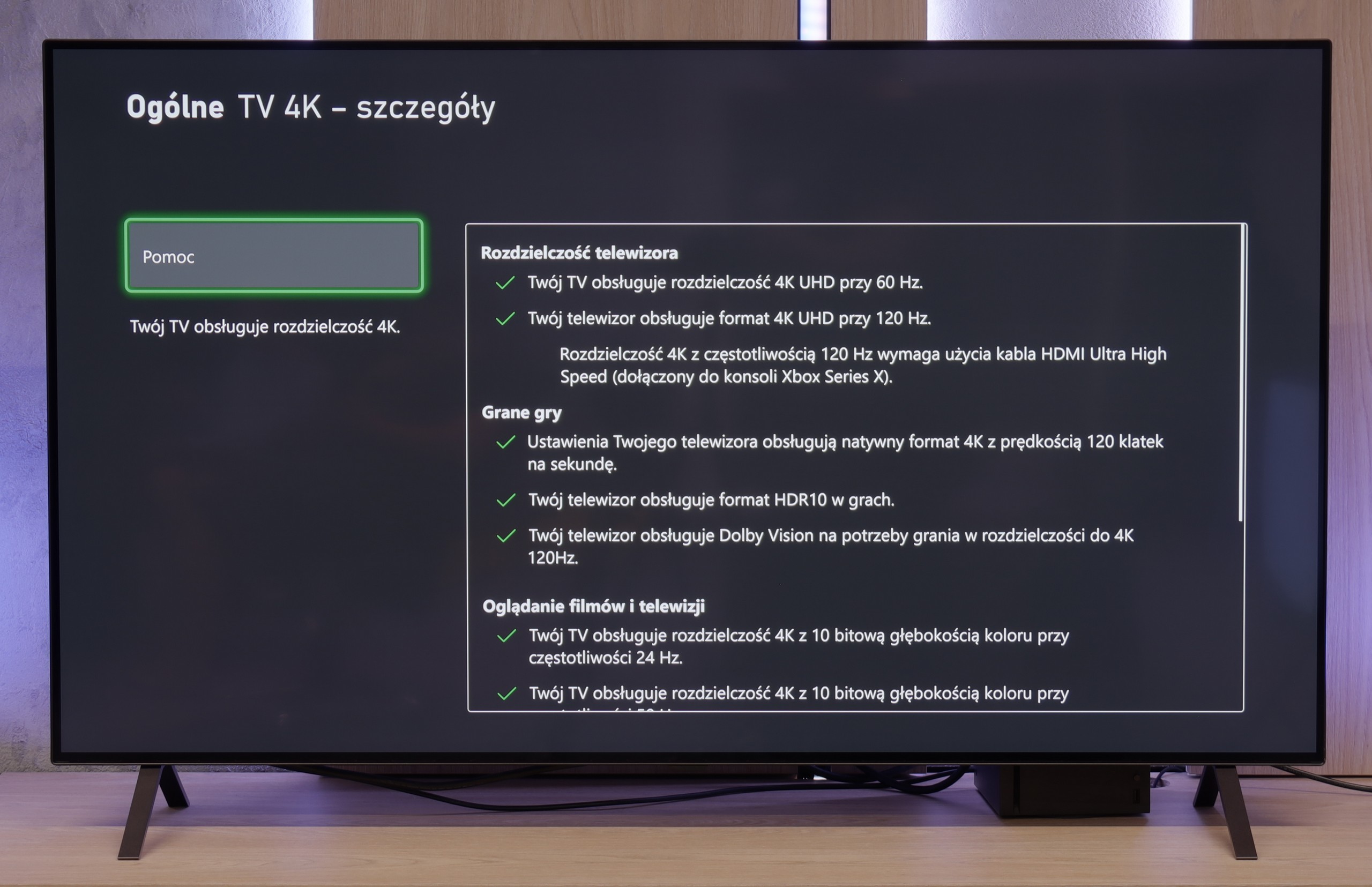

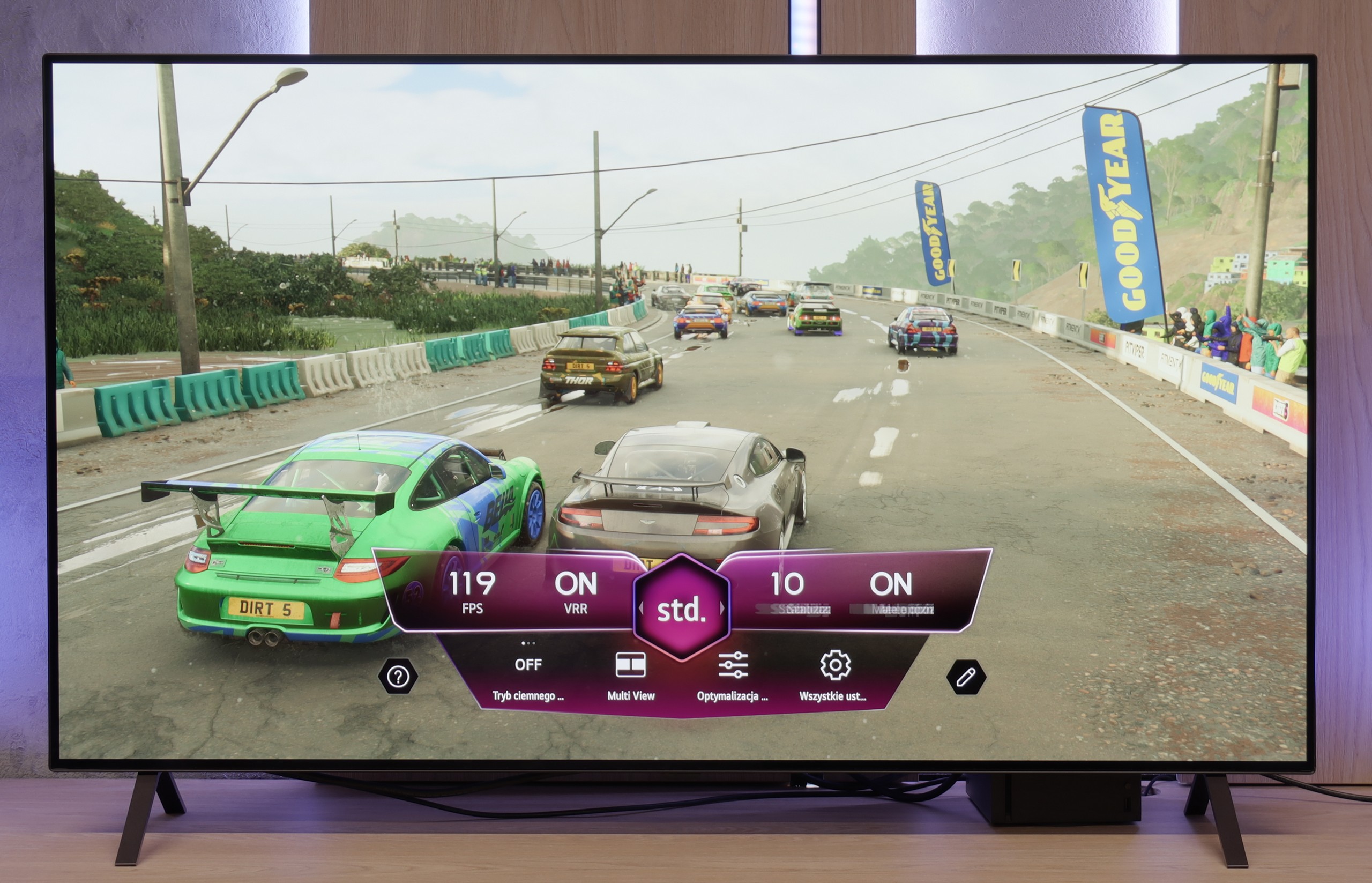

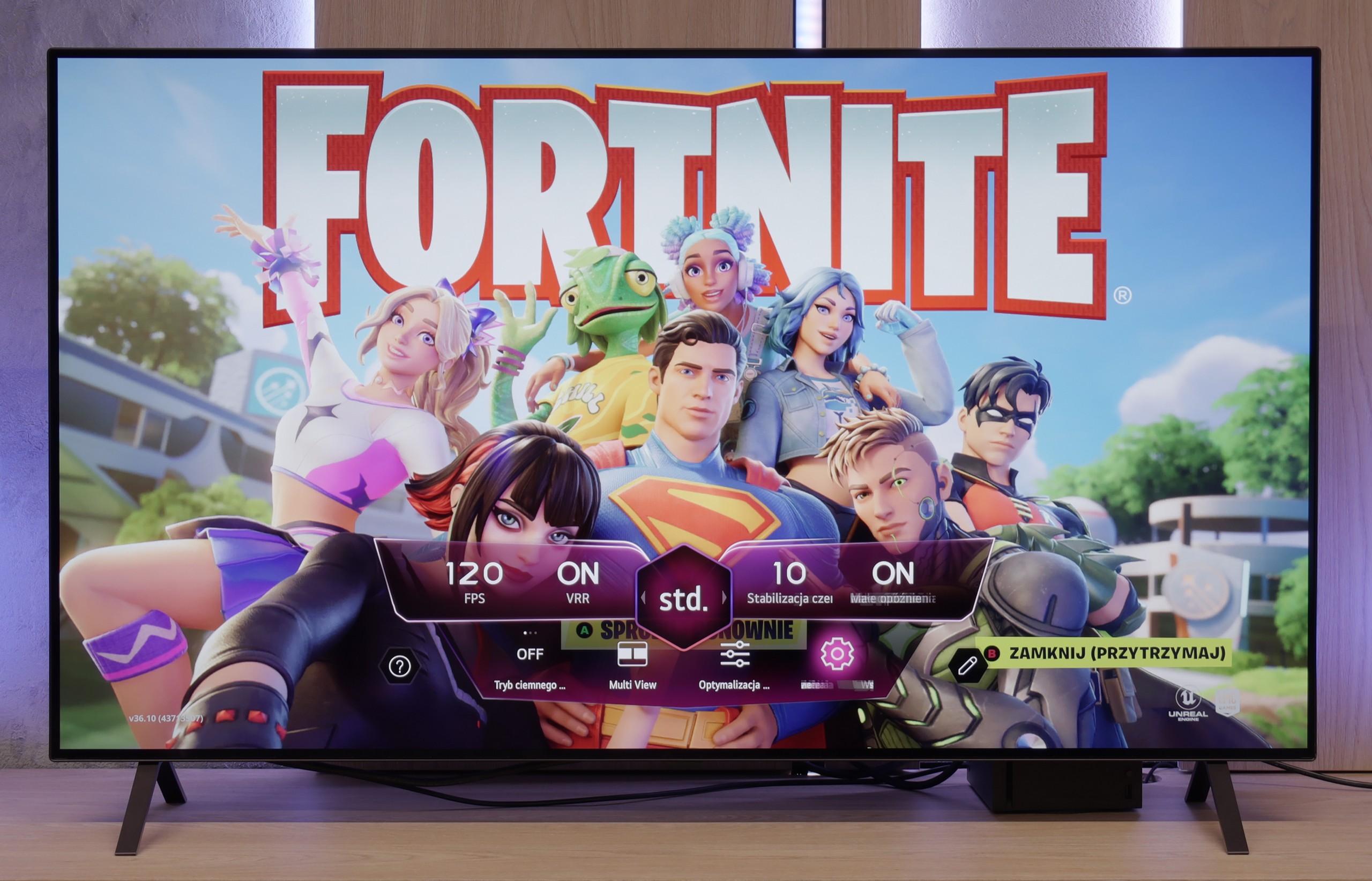

There are already a few TVs on the market with the "for gamers" label that don't really understand what that means. The LG B5 is not one of them. Everything here is spot on – there are four HDMI 2.1 ports, 120 Hz, there’s VRR and ALLM, and there’s also a Game Bar that's actually useful, not just looking good in the brochure. You plug in a console – it works. You set it to 4K at 120 Hz – it works. You have an Xbox and want to play in Dolby Vision – it works too. And it's not just "theoretically supports," it actually turns on, looks good, and you don't have to fiddle with settings for half an hour. Plus, there’s the HGiG picture mode, which LG has implemented correctly – meaning HDR in games doesn't turn the screen into a strobe light, but shows exactly what it should. There are no surprises, no strange limitations, no "buts." And you know what? That's how it should be. Cheers to the LG B5!
The Philips OLED820 is one of the most comprehensive TVs for gamers. Onboard, we find practically everything one could expect: two HDMI 2.1 ports with full bandwidth of 48 Gbps (shame there aren't four), Variable Refresh Rate (VRR), Auto Low Latency Mode (ALLM), support for Dolby Vision in games, and a good implementation of the HGiG mode. The TV also handles lower resolutions at 120 Hz without issue, so you can count on great flexibility when choosing different picture modes on your console. Philips also adds a Game Bar – a panel that allows you to change picture modes, add a crosshair, or preview parameters. Although it looks a bit clunky and is less refined than its competitors, it gets the job done. In practice, therefore, the OLED820, in addition to a full set of four HDMI 2.1 connections, offers almost everything a gamer could need.
Input lag
9.9/10
10/10
SDR
HDR
Dolby Vision
Here we won’t be going on about it – the LG B5 simply has great input lag. For 60 Hz content, it achieves results below 10 ms, and for 120 Hz it even drops to around 5 ms. These are values that can’t be reasonably criticized. It just works instantly, without delays, without surprises. Well... almost. Because as usual, there’s a slight asterisk with the Dolby Vision Gaming mode. In this mode, the response time slightly increases. It's nothing dramatic – they’re still very low values, likely unnoticeable while gaming – but if you’re only playing tournament titles and fighting for every millisecond on your XBOX, it’s worth keeping in mind.
The input lag on the Philips OLED820 is truly at a reference level. Measurements showed values below 5 ms, placing it among the very best TVs available on the market. Even the Dolby Vision mode does not cause it any issues in this regard, which is quite a rare phenomenon. In practice, this means an instantaneous response to every movement, no noticeable delays, and complete comfort in dynamic games. In short, excellent results that will please even the most demanding gamers.
Compatibility with PC
7.6/10
6.5/10
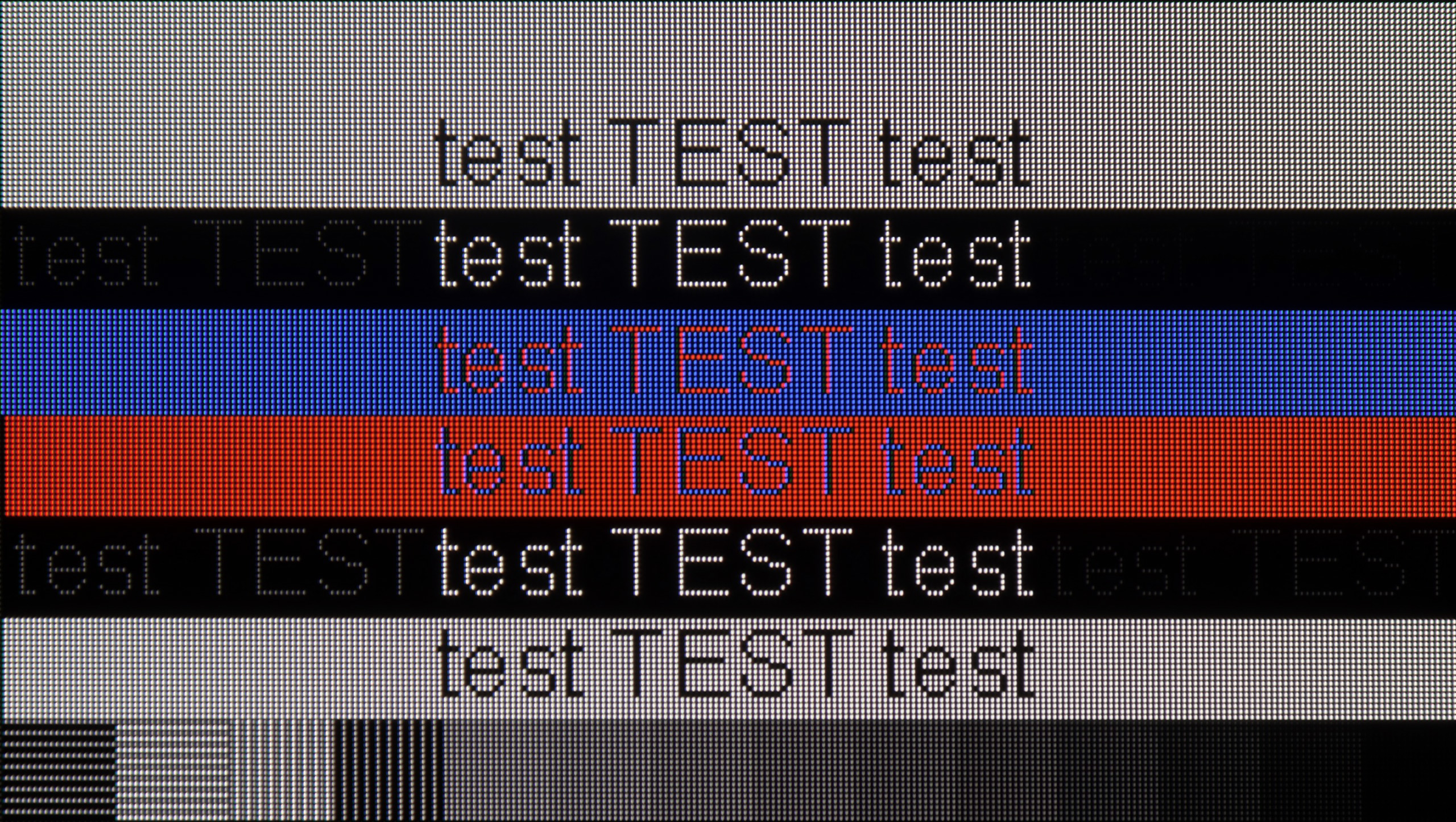

LG B5 is a television that communicates well with a computer. You won't find gaming features like 144 or 165 Hz here, but is that really necessary for anyone? Thanks to the 120 Hz panel, low input lag, and G-Sync support, it's actually a very good screen for gaming on PC. No stuttering, no tearing, with instant response.
But it's not just for gaming. The B5 can also be quite comfortable for... simply working. The television correctly supports chroma 4:4:4, so fonts are legible, interfaces are clear, and your eyes won't hurt from blurry text. This isn't obvious, even among more expensive models. However, there is one "but" – and this applies not only to the B5, but to every OLED with a WOLED panel. The RWGB subpixel arrangement can cause a slight shadow at the edges of fonts. This isn't something that stands out from the couch. It's more likely to be noticed by someone sitting close to the screen and spending half a day in Excel.
Cooperation with a PC for the Philips OLED820 varies depending on the usage. It performs exceptionally well for gaming: the high refresh rate of 144 Hz combined with G-Sync support provides a smoothness and responsiveness that other TVs would envy. However, the situation is less favourable for text work. The lack of proper implementation of chroma 4:4:4 means that fonts on coloured backgrounds can appear slightly blurry, which significantly lowers the comfort of working. Therefore, it’s hard to recommend the OLED820 as a screen for office work with text or numbers. It's a pity that the manufacturer couldn’t learn from last year’s models, and this flaw continues to persist.
Viewing angles
7.4/10
7.6/10
In terms of viewing angles, the LG B5 performs very well – exactly as you would expect from a WOLED panel. No matter from which side you sit, the picture retains its quality. Colours don't fade, contrast doesn't drop off sharply, and details remain clearly visible. However, it must be honestly added that this is not the level of QD-OLEDs from Samsung Display. Those manage to hold colour saturation even better under extreme angles. But if you don't plan on watching films while sitting at a 90-degree angle – the B5 is more than sufficient. It's one of those TVs that is just pleasing to look at – from any side.
The viewing angles on the Philips OLED820 are another advantage that should please you. OLEDs have always been characterised by nearly perfect angles, so regardless of where we're looking from, the image remains clear and readable. True, the classic WOLED panel doesn't measure up to technologies like MLA OLED or QD-OLED, but it's still hard to find fault here. The angles are simply excellent.
TV efficiency during daytime
4.9/10
5.7/10
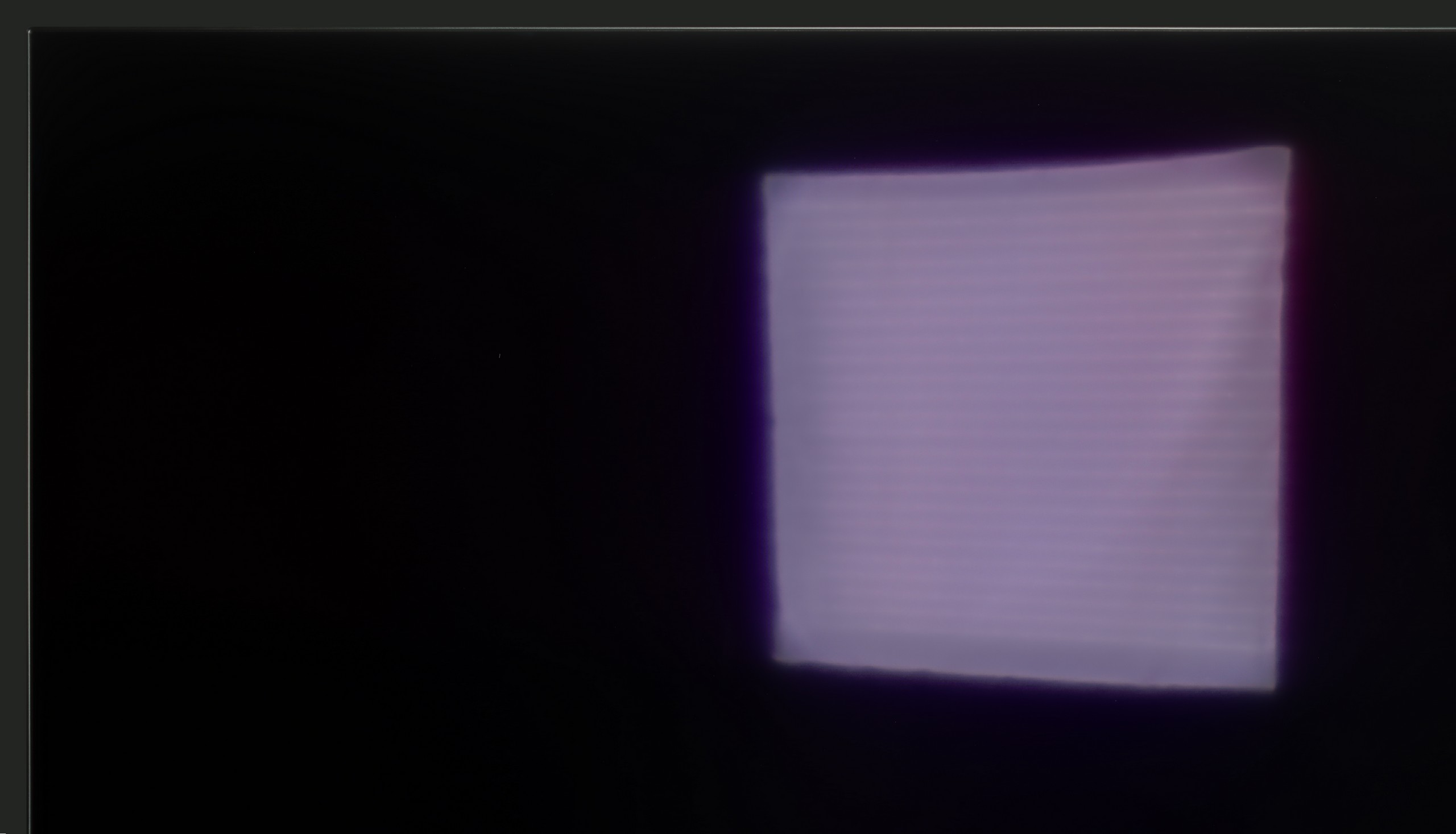

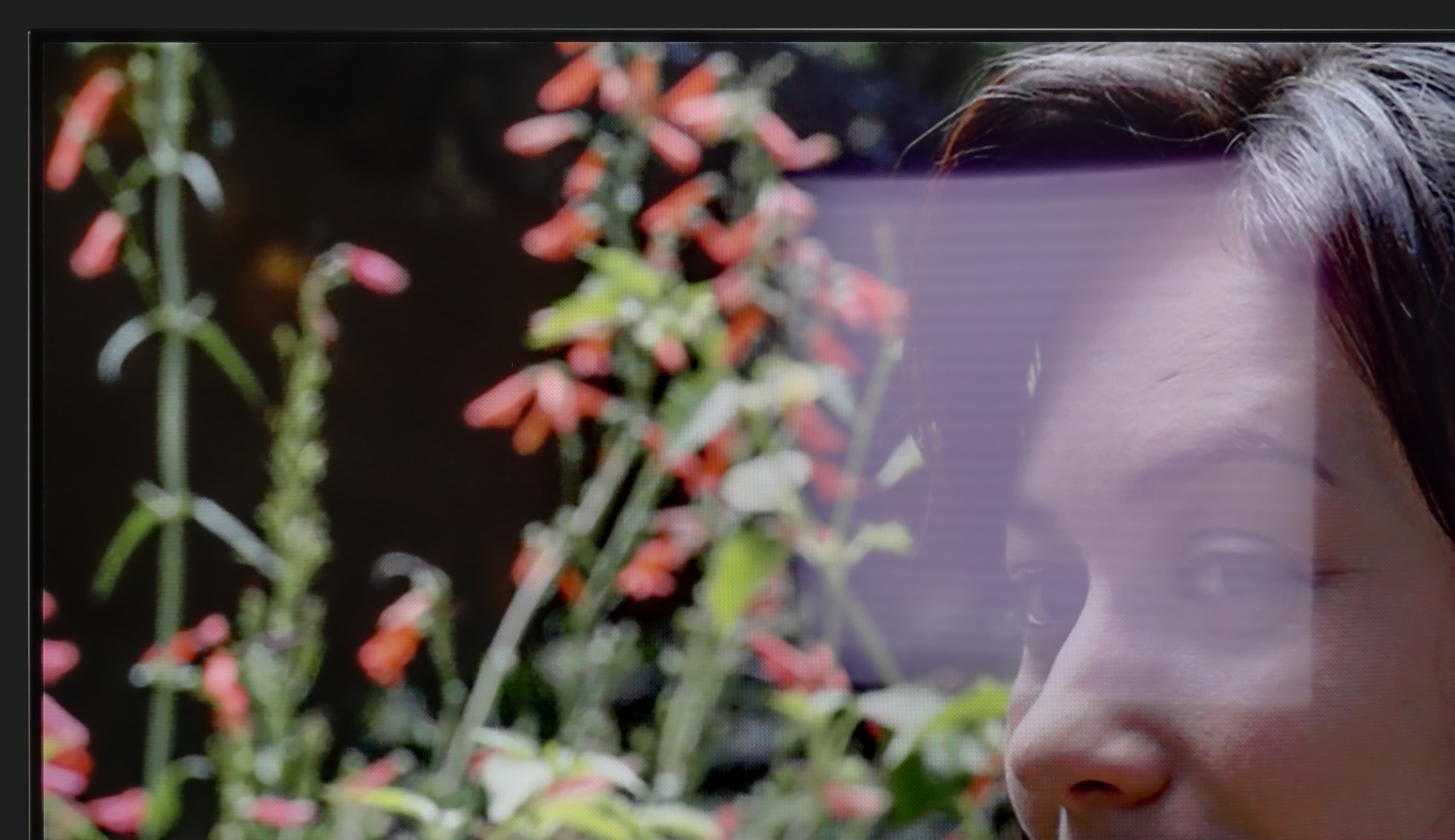

Matrix brightness
Average luminance SDR
Philips OLED820: 345 cd/m2
LG OLED B5: 279 cd/m2
The LG B5 is a television that feels best after dark. But when the sun comes in, it becomes a bit of a challenge. The brightness of this model is rather average, and the anti-reflective layer… also average. There are no special coatings here that deal well with reflections or very bright daylight. So if you're planning to place this television opposite a large, uncovered window – it may simply be hard to see anything.
Fortunately, there is something worth praising: the glossy WOLED panel maintains good colour saturation. Even in difficult conditions, the image doesn't fade or become "washed out," as can happen with some television models. In general, it's watchable, but if you're looking for a television specifically "for a bright lounge room," the B5 shouldn't be your first choice.
Details about the matrix
Subpixel Structure:
Panel uniformity and thermal imaging:


TV features
7.9/10
6.8/10
- HDMI inputs0 x HDMI 2.0, 4 x HDMI 2.1 48Gbps2 x HDMI 2.0, 2 x HDMI 2.1 48Gbps
- OutputsToslink (Optical audio), eARC (HDMI), ARC (HDMI)Toslink (Optical audio), eARC (HDMI), ARC (HDMI), Mini-Jack (Headphones)
- Network InterfacesWi-Fi 2.4GHz, Wi-Fi 5GHz, Ethernet (LAN) 100MbpsWi-Fi 2.4GHz, Wi-Fi 5GHz, Ethernet (LAN) 100Mbps
- TV receptionDVB-T, DVB-T2, DVB-S, DVB-S2, DVB-CDVB-T, DVB-T2, DVB-S, DVB-S2, DVB-C
Classic features:
- Recording to USB (terrestrial TV)
- Recording programming
- Picture in Picture (PiP)
- RF remote control (no need to aim at the screen)
- Backlit remote control
- Teletext
- Audio only mode
- Bluetooth headphones support
- Simultaneous Bluetooth headphones & TV audio
Smart features:
- AirPlay
- Screen mirroring (Windows Miracast)
- Voice search
- Voice search in native language
- Ability to connect a keyboard and mouse
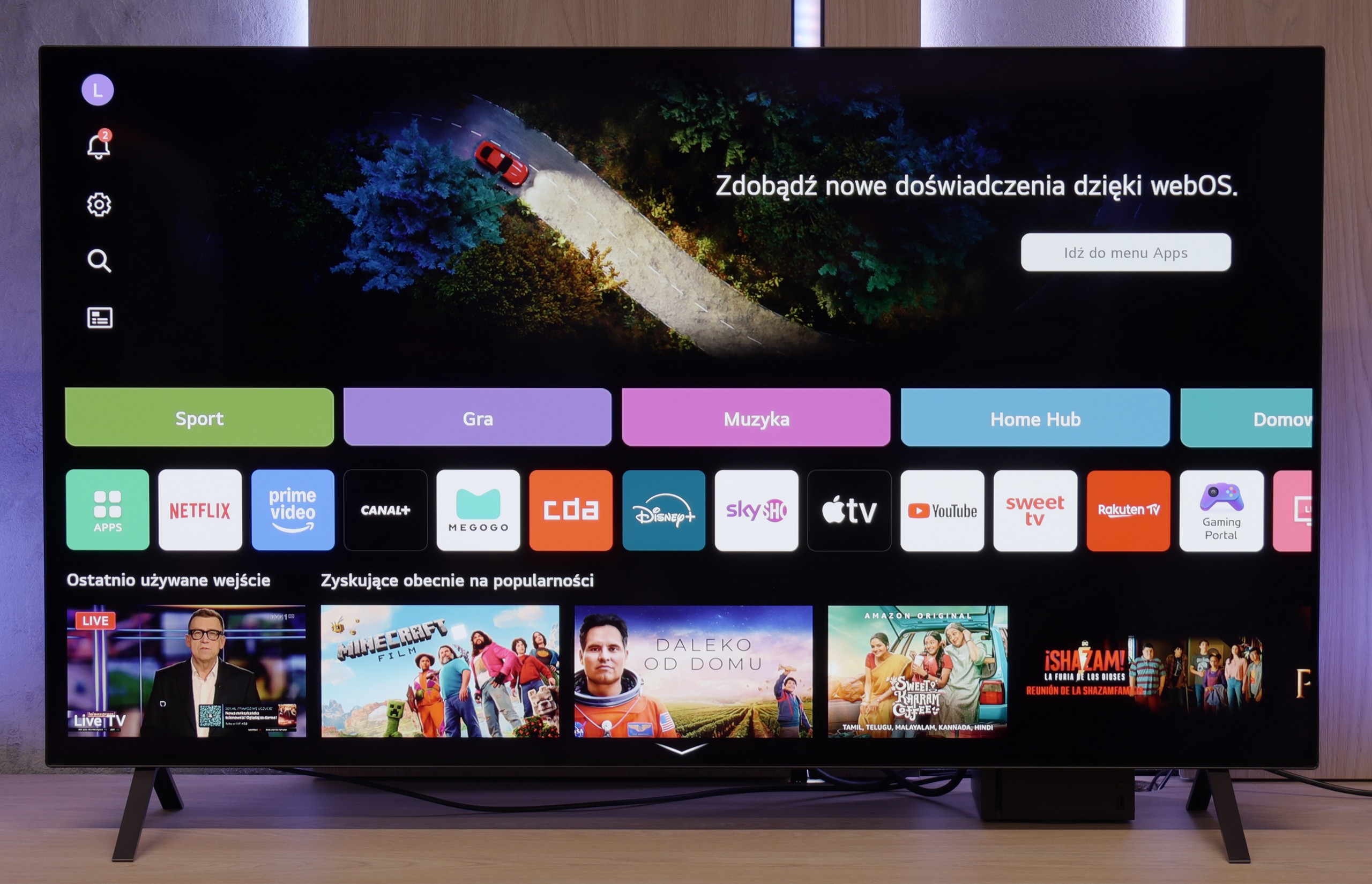
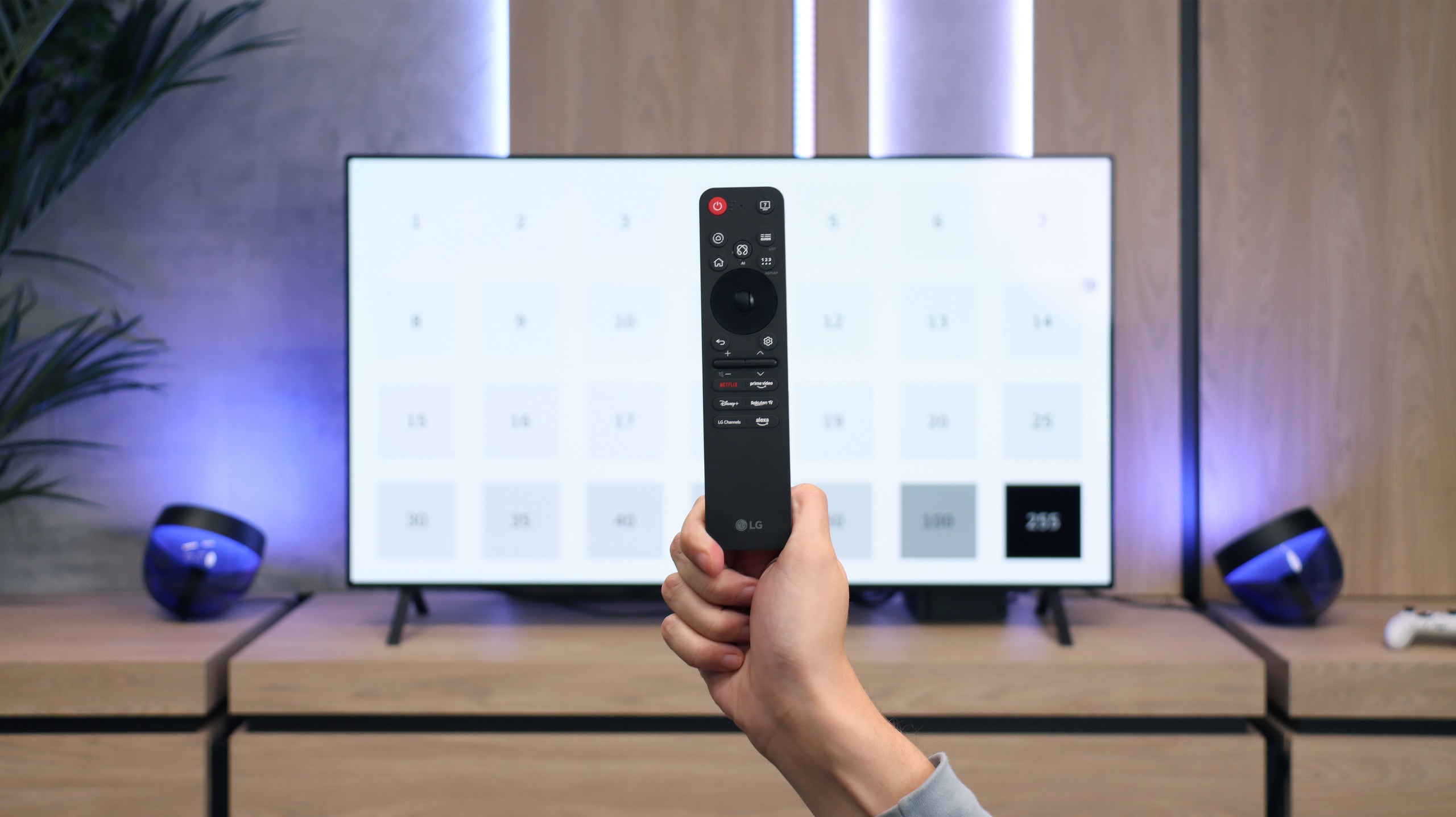
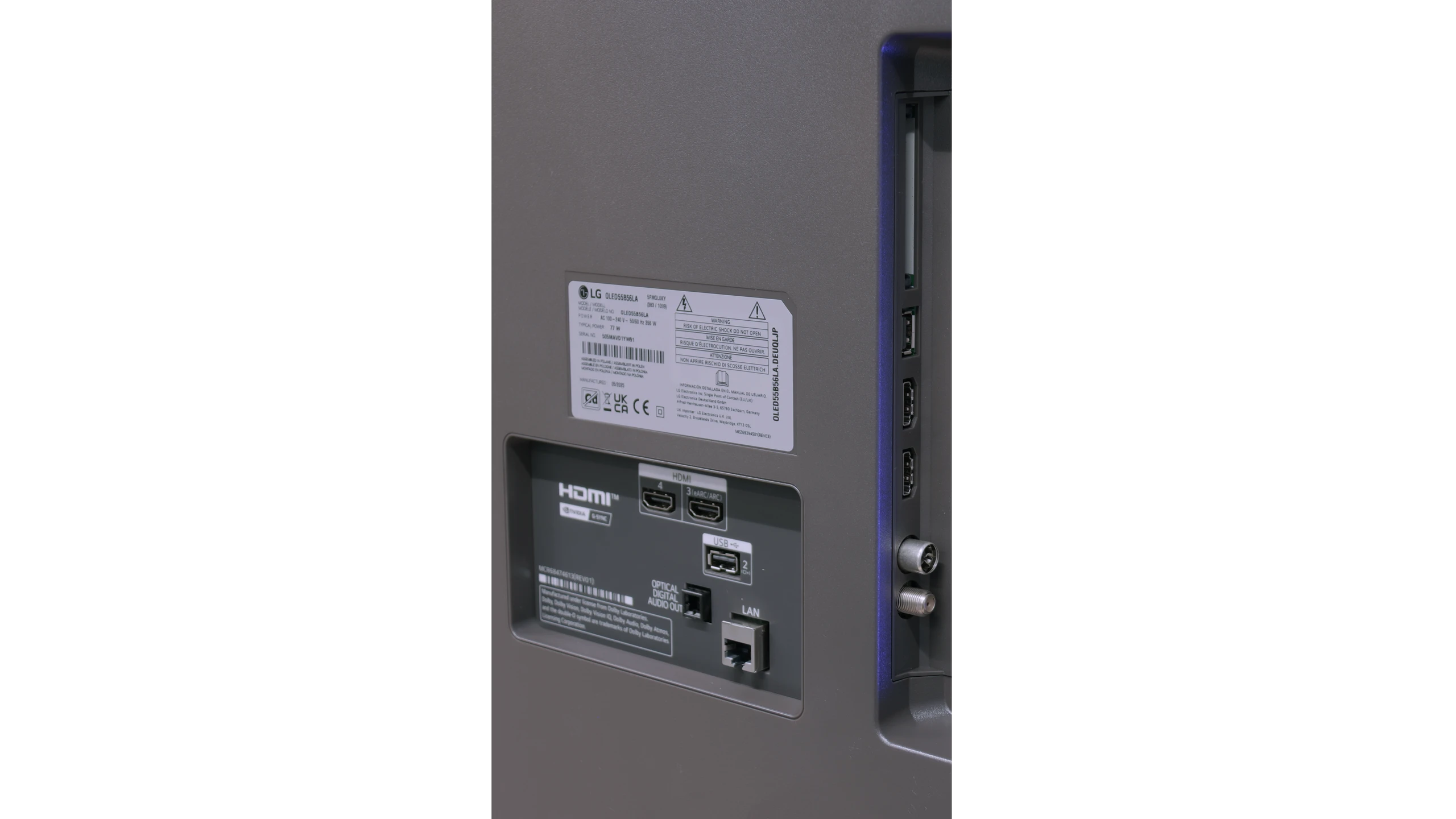




Functional Features
Even though the LG B5 is modern equipment, it hasn’t forgotten those who simply want to... watch television. No apps, no accounts, no logging in anywhere. We have built-in DVB-T2 tuners and the ability to record onto USB, with a clear and fast EPG guide. Is that not enough? There’s even a working teletext – for many, surely a relic, for others, a daily occurrence. A plus is also the option to turn off the picture and just keep the sound, which works great for listening to music. And if you want to watch quietly – you can easily pair Bluetooth headphones, without wrestling with settings and without delays. Everything works as it should.
SMART TV: webOS
The biggest distinguishing feature of the webOS system – still! – remains the way you control it. The Magic remote, which we get with the LG B5 (in our version B56 – the one without the numeric keypad), works like a magic wand. We point, click, select. And it simply... works. Intuitively, quickly, and without unnecessary clicking left and right. Added to this is the AI voice assistant – quite efficient. You can summon it directly from the remote and use your voice to search for content, change settings or switch sources. WebOS may not be the most "modern" system on the market, and built-in ads can be annoying, but when it comes to ease of use – especially with the Magic remote – it still stays one step ahead of the competition.
GoogleTV on OLED820
Philips OLED820 runs on the Google TV system, which immediately places it among televisions that truly provide user freedom. It’s a fantastic platform that doesn’t need any introduction – we find almost an endless number of apps here, from popular VOD services to niche programmes or games. Google TV also allows for personalisation of the home screen, tailoring content to our preferences, so the television actually “learns” our viewing style. A huge plus is also the Google voice assistant – fast, natural, and effective. It can understand even less obvious questions, and in practice, it works significantly better than many competitors. Unfortunately, there was a hiccup – the screen mirroring function simply didn’t work during testing. This can be seen as a minor issue, but in 2025, such things simply shouldn’t happen.
Classic Features of OLED820
When it comes to classic features, the OLED820 doesn’t attempt to play conservatively. On one hand, we get a backlit remote control with a numeric keypad, which is quite well organised and comfortable to use. On the other hand, you have to aim it at the screen, as it works on infrared, which is more reminiscent of equipment from a decade ago than a modern television. It also lacks a few features that are often found in competitors – there’s no USB recording from tuners or a PiP mode. A nice touch among the classic solutions is the mini jack analogue input for headphones. This is rare nowadays and can be quite useful – whether for a senior citizen with an additional headphone station or for someone wanting to connect older speakers.
AmbilightTV OLED820
You can’t overlook Ambilight, which is a hallmark of Philips. This solution impacts not only the appearance of the television but also the reception of content. The lighting system can be set in various ways, from a multi-coloured mode dynamically tracking the image to calmer, static lighting. We definitely recommend the latter option, as the gentle light behind the screen makes the content viewed, in combination with the OLED matrix, appear even deeper and more engaging. It’s a simple yet very striking addition that has characterised Philips televisions for years.
Playing files from USB
8.6/10
9.5/10
Supported photo formats:
Maximum photo resolution:
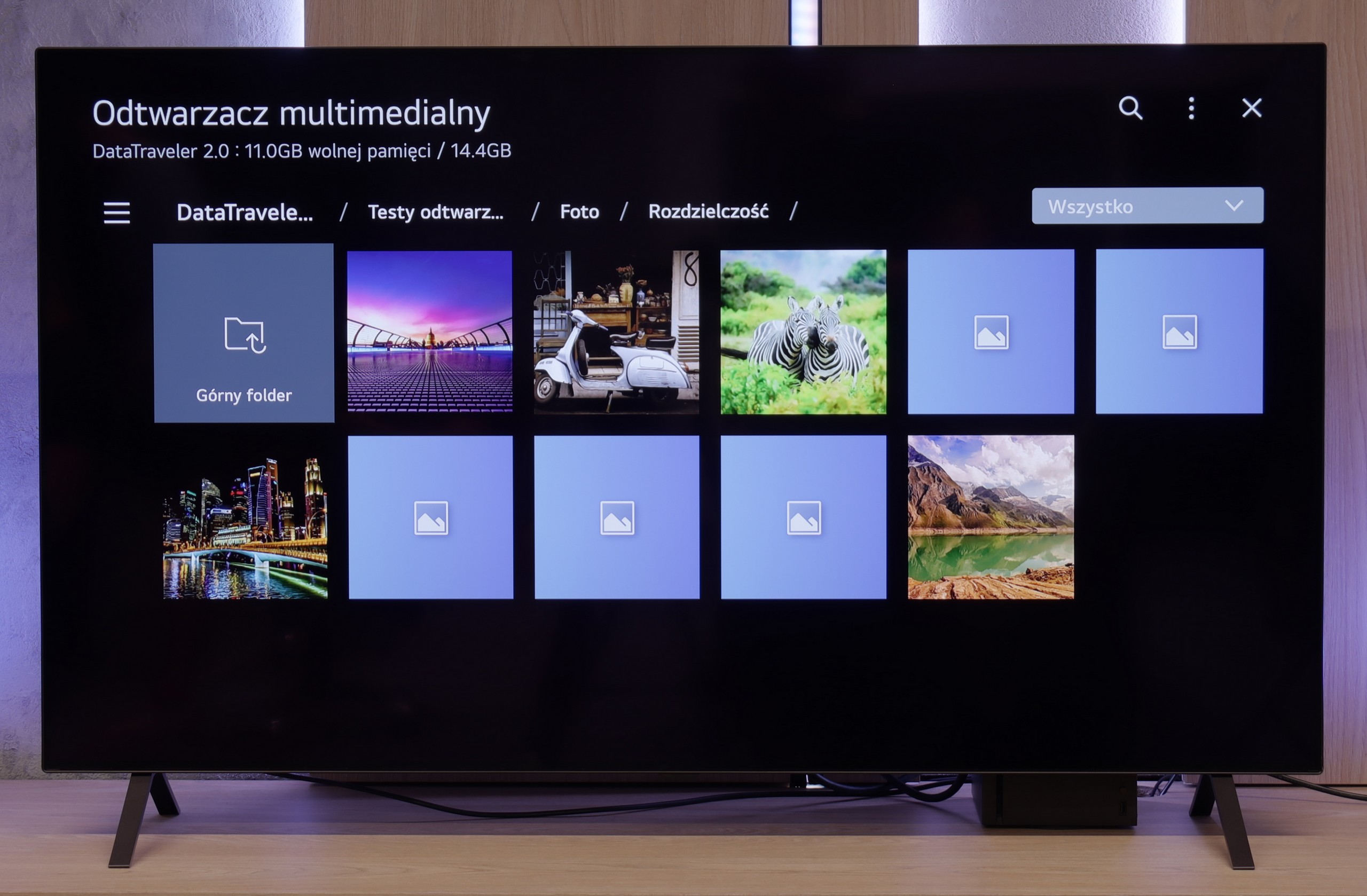

LG B5 handles USB files as it should. Most popular formats work seamlessly, and subtitles – even with Polish characters – are displayed correctly. You can comfortably play a movie from a USB drive or have a weekend slideshow of your holiday photos without worrying that something will go wrong. However, there was a surprise with files in HEIC format – that is, photos saved by Apple devices. While the LG C5 had no issues with them, the B5 stubbornly refused to cooperate and was unable to display them. A little hiccup that probably won’t affect everyone, but it’s worth knowing about.
The Philips OLED820 has a built-in file player with USB, which at first glance looks quite clunky, but in practice works surprisingly well. You could even say it's one of the best built-in players available in televisions. It handles virtually every type of file: photos, videos, or music, with minor exceptions that most of the competition also does not support. And if someone still finds something missing, there's always the option to install the VLC app from the Google Play library and the problem disappears.
Apps
9.1/10
9.6/10














































Sound
7/10
7.7/10
- Maximum volume-81dB
- Dolby Digital Plus 7.1
- Dolby True HD 7.1
- Dolby Atmos in Dolby Digital Plus (JOC)
- Dolby Atmos in Dolby True HD
- DTS:X in DTS-HD MA
- DTS-HD Master Audio
We didn't expect miracles – after all, the LG B5 doesn't have an advanced audio system, and its built-in speakers look... well, just like the majority of flat-screen TVs. And yet – it actually sounded quite nice. The dialogues are clear, the sound isn't booming, and during a quieter viewing, we didn't immediately feel the need to plug in a soundbar. It's just a shame that this year LG decided to cut something that worked in the previous generation. We're of course talking about support for DTS formats, which we won't find in the B5. If you have movies encoded in that format – you'll need to rely on an external player.
Philips OLED 820 features a built-in 4.1 speaker system with a total output of 70 W. At the back of the casing, there’s a subwoofer that delivers quite solid and deep bass. The classic speakers responsible for the remaining sound range are located at the bottom of the television, which means that the audio doesn't always distribute as we would like. However, the overall sound quality can be considered satisfactory – series, TV shows, or the occasional music listening all perform well with a slight bass enhancement. For everyday use, this should be sufficient, although we still recommend purchasing even an inexpensive soundbar, which will significantly improve the user experience.
Acoustic Measurements
No acoustic data
81dBC (Max)
75dBC


